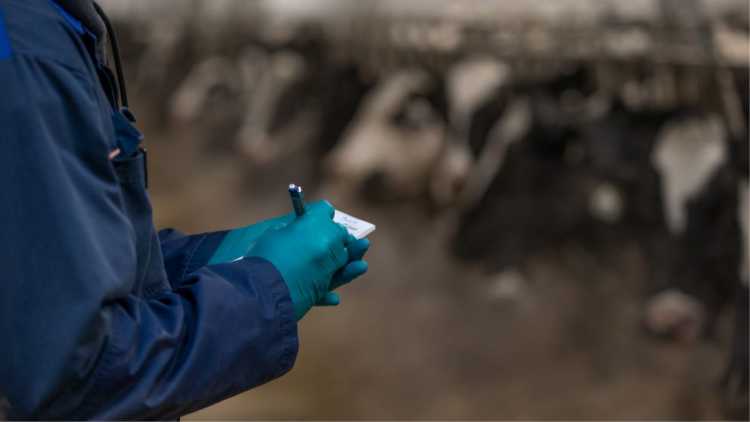Mid-year financial checkup is a good investment

At around the mid-point of the calendar year, some farmers may find it a good time to take stock of business operations.
Growing season business plans require checkups, which could be semi-annual, quarterly or even monthly meetings with management and staff, according to Mathieu Lipari, program manager with Farm Management Canada.
Farmers undertaking mid-season financial checkups sometimes analyze what’s affected their financial health over the last six months, such as weather, major repairs and markets, says Erich Weber, business finance specialist, Ontario Agriculture, Food and Rural Affairs.
Financial
“But most of the farmers who do a financial checkup mid-season will be focusing on their cost of production and see if there is anything that they can do to reduce costs or increase revenue,” Weber says.
When reviewing their performance, farmers may consider risk mitigation tools like forward contracting, as well as cost cutting measures, he says.
Weber adds that grain farmers starting their review– pre-harvest may be considering their cost of production and what prices they should sell at.
Post-harvest analysis would likely include gross margins and sales timing: “Yield production, production costs and forward contracted prices would be used in this analysis,” Weber says.
Livestock
For dairy farmers or egg farmers, they are more likely to do a financial checkup in the mid-calendar year, as they are producing and selling every day, says Weber.
In other cases, livestock producers are likely to conduct their financial checkup around the time they’re ready to sell their animals, he adds, although many may currently be focused on concerns like available feed and water supplies.
For those doing a mid-year review, it's likely a look at where markets are heading.
Dryness and the impact on feed supplies, especially after feed shortages, could bring a good deal more cattle onto the market across the Prairies. If cattle producers respond to high feed prices through significant cuts to their herd sizes, prices could be depressed.
Other factors
Lipari encourages farmers to review more than their financial situation and include all aspects of business management.
These aspects could include production goals and timelines, human resource needs, training and performance, marketing practices, risk management measures, machinery needs, expansion or contraction and transition plans, Lipari says.
Bottom line
A review of the farm’s financial health is recommended mid-year. That includes a review of past weather, major repairs and markets, as well as a look ahead to future market conditions for both livestock and crops. Experts also suggest a review of all business management at the same time.
Article by: Richard Kamchen
